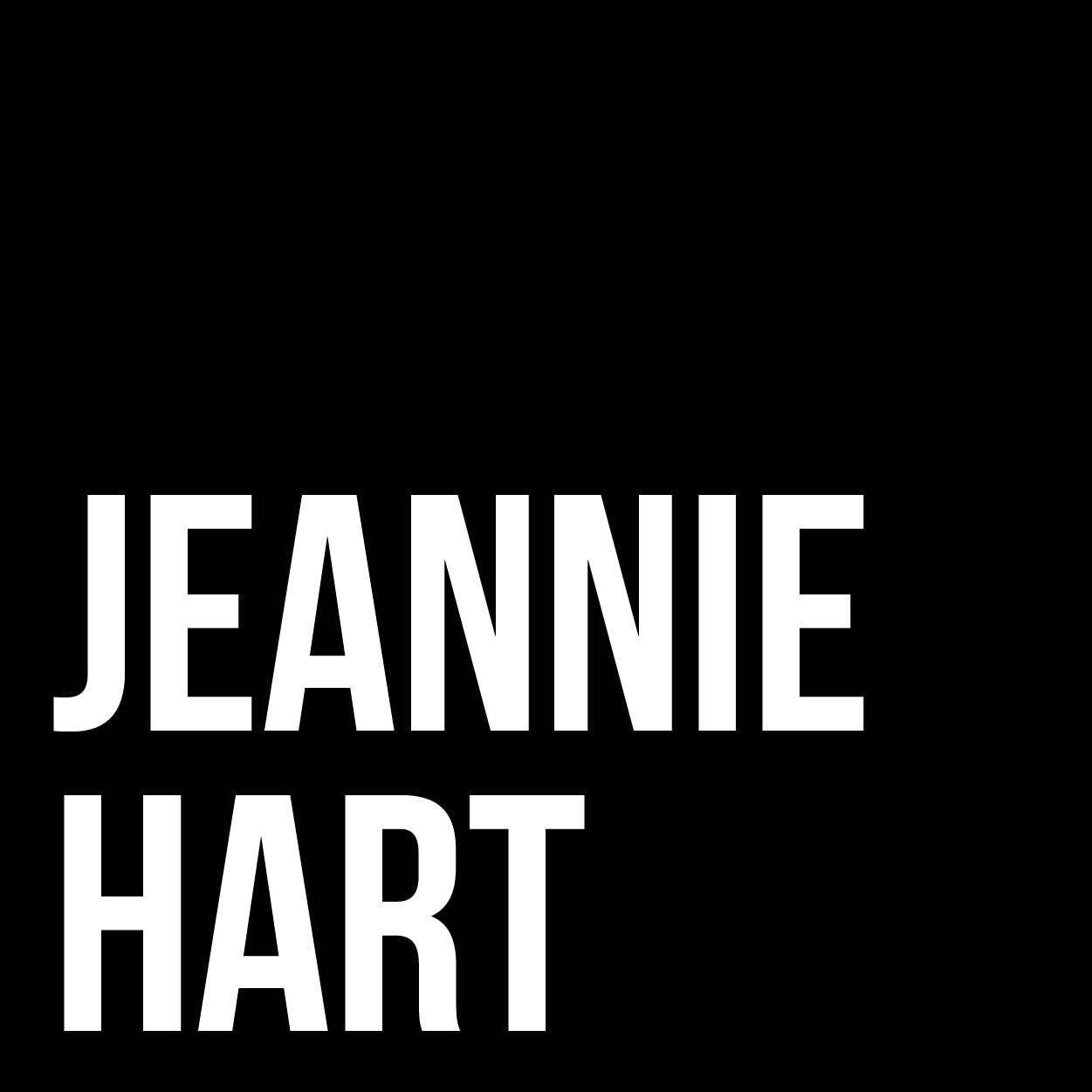Emotional upkeep goes along with the flow of creativity. At one design studio, I had horrible back problems linked to a car accident. One day my boss told me, “Go home. Get better. You can’t design when in pain.” While that was for a physical ailment, the same rings true for your emotions. I’m not going to lie; some of my best works over the years were pulled from emotional situations, break ups, love interests, deaths in the family, and such. But designing in a constant flux of emotional ups and downs is like yo-yo dieting; it never works.
Creativity is not like a muse. You may have a bout of inspiration but if you design on a daily basis for a living, you don’t have the luxury of the muse’s whims. As I mentioned in C is for Creativity, you must be able to refill your creative pot. However, creative flow can always run dry when all you’re doing is moving from project to project.
Designers use problem-solving skills in almost every aspect of the design process. We use our brains a lot. Much more so than our eyes despite what many may think. So it’s not too much of a leap to say that emotional health is kind of important. Most of us (not just the creative) have worked with a boss or a co-worker that just made your skin crawl. I had one client that made me physically ill after working with her for a year. It was only after I fired the client that I realized; it was my outlook on the project. Not only was I letting my work life rule my actual life; I had not learned the value of saying No. I’ll go into the value of the word no in another segment. However, for now, know that if you say yes to everything there will be no time for advancement or the cultivation of you. If your schedule is so packed that you have no time to let your brain rest, you will find yourself dissatisfied with your work, feeling overwhelmed, and quite possibly ready to quit your job to move on to something else. And honestly, that last part might make things better. But until you are able to keep your emotional health at a calm and even keel—every job you take will end up being a downward spiral to the next position.
Here are 4 non-work examples of how I keep my emotional health feeling happy.
- Walking to work. There have been numerous studies about how walking is good for you so I’ll not go into that and I know not everyone can do this. But if you can, I highly recommend it. Sometimes I’d cycle, but I found when my boyfriend was in town, cycling wasn’t enough time to sort out my brain between work and home.
- Having a pet. This is another one that if you can do it, it’s worth it. I’m a firm believer that having something living when at home can be the best medicine for emotional health. Not only do you have something to care for but you also have something that has a completely different line of thinking than you. For a creative person play is so important and as we get older, we forget how to do it. Pets are goofy, loving, and have a way of making you forget all about work.
- Take a cooking class. Okay, this doesn’t have to be a cooking class, but something that is completely non-work related which you love to do. For me that is cooking. The main aspect for this is that it is with people who are like-minded as you. It’s a chance to socialize outside of work without talking about work. The goal is to enrich your life with things that let your mind rest while cultivating healthy emotional connections with others.
- We are awake roughly sixteen hours a day. Eight hours give or take, are dedicated to work. Maybe four hours are for eating and socializing which leaves us with four hours of time that should be dedicated to ourselves. For me, doing restorative yoga at least once a week helps to not only unkink my body, but allows for my brain to rebalance and readjust, or recalibrate if you like. In that hour and a half I can sort through problems not associated with work (and a few that are), which bleed, into my everyday. By working through them and releasing them through motion it allows for my emotional health to stabilize and thus creativity to flow easily.
These are just a few examples of how I rebalance my emotional health to keep a creative flow consistent. Find what works for you. Just be sure it is a healthy mix of movement, personal development, socialization, and quiet time.
More of the ABC’s of Design

